'Leftover men' not a crisis in the making
Updated: 2016-03-07 08:05
By Liu Yanwu(China Daily USA)
|
||||||||
The number of 30-plus bachelors, or "leftover men", in China's rural areas is astonishing. Some demographers estimate there may be 30 million, even 50 million of them thanks to the widening sex ratio at birth. But such estimation, to some extent, overstates the reality of rural residents' marital status.
The gender imbalance may indicate the number of unmarried men, not necessarily "leftover men", is higher than women. But since a husband can be five years older than his wife, and vice-versa, the age gap is not a major concern in marriage.
The gender imbalance at birth started widening in 1995 and peaked about 10 years later. In other words, most of those born during this period are less than 20 years old - and hence not old enough for marriage - and will reach the "leftover men's threshold" after only about 10 years.
Therefore, the nearly 20 million men in rural areas who remain unmarried despite crossing their 30s have little to do with the gender imbalance at birth. The problems they face in getting a wife, too, vary from region to region.
One thing is certain, the causes behind the serious problem of "leftover men" are complicated and abnormal. About 30 percent of them couldn't get married at the socially accepted marriageable age because of physiological or psychological defects, with another 30 percent having failed because they kept waiting for their "dream partners".
Only 10 percent or so of the "leftover men" failed to find a wife because of their "background" - which mostly happened before the mid-1980s for certain historical reasons. The highest percentage of "leftover men" - almost 60 percent - couldn't get married because they couldn't afford to pay the dowry for a bride.
Men born between 1975 and 1986 (the years could now be extended to 1987 and 1995), about 12 million, constitute the majority of the unmarried rural population. Worse, more men from the suburbs will join their ranks. But a social crisis is not yet in the making.
The gender imbalance at birth has played a limited role in the "leftover men" problem. They, however, could trigger an even greater crisis - a situation in which more men in their 30s or 40s remain unmarried in the next decade or so.
Measures have to be taken to deal with this huge social problem. For starters, promoting healthy spending on marriages and exempting men from paying huge dowries - traditionally and compulsorily demanded by brides' families - are apparently worth a try. In some cases, weddings have become more like business transactions, which could give rise to vicious dowry competitions and make it more difficult for poor and not so well-off men to get a bride.
To offset the accumulative effects of gender selection before birth, which is still practiced in some areas, the authorities have to take more measures than just encouraging all couples to have two children.
Besides, local governments should work harder to implement the poverty-alleviation programs. They can for instance, relocate entire communities suffering from extreme poverty and scarce natural resources to better places. Also, people should be educated in away to stop discriminating against rural men when it comes to choosing a groom.
The author is an associate professor at the Department of Sociology at Wuhan University.
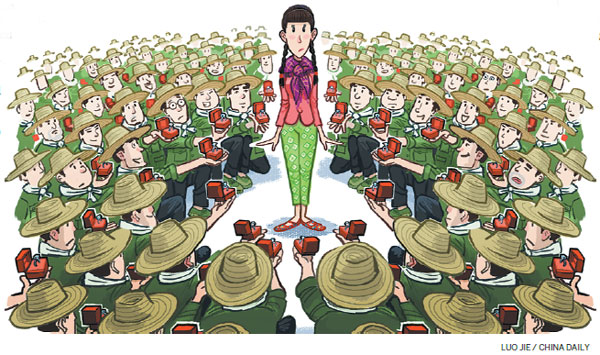
(China Daily USA 03/07/2016 page12)
- Former US First Lady Nancy Reagan dies at 94
- Solar Impulse 2 back in the air after battery upgrade
- Jailed 'El Chapo' desperate to be extradited
- S. Korea, US to launch formal talks on THAAD
- Kim Jong Un says to further strengthen nuclear weapons in quality
- Spanish Princess testifies in tax fraud trial

 Temple fair with 700 years history staged in Henan
Temple fair with 700 years history staged in Henan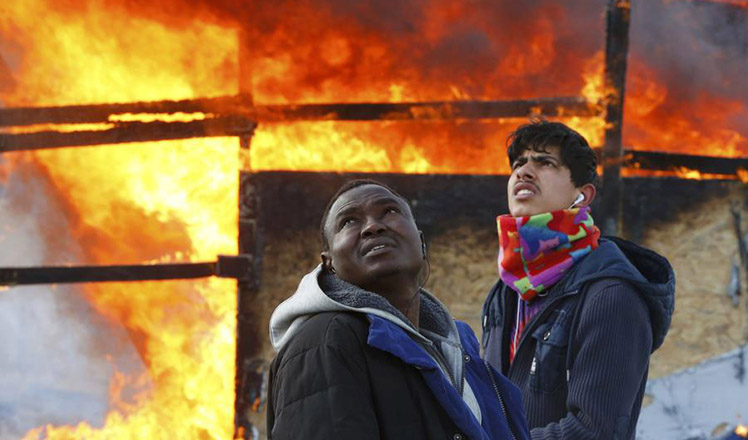
 The world in photos: Feb 29 - Mar 6
The world in photos: Feb 29 - Mar 6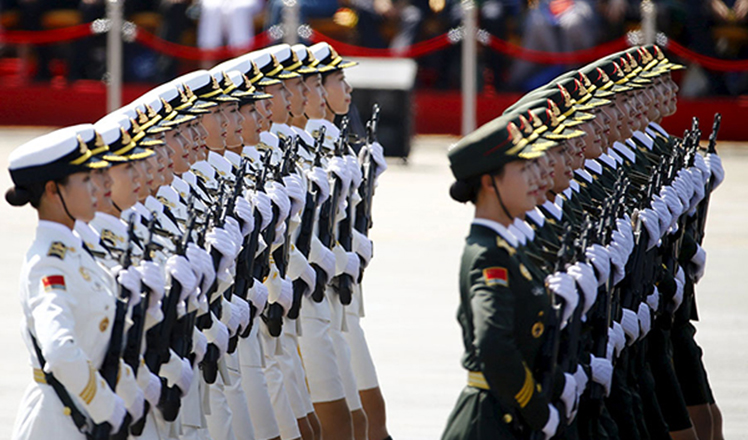
 International status is rising
International status is rising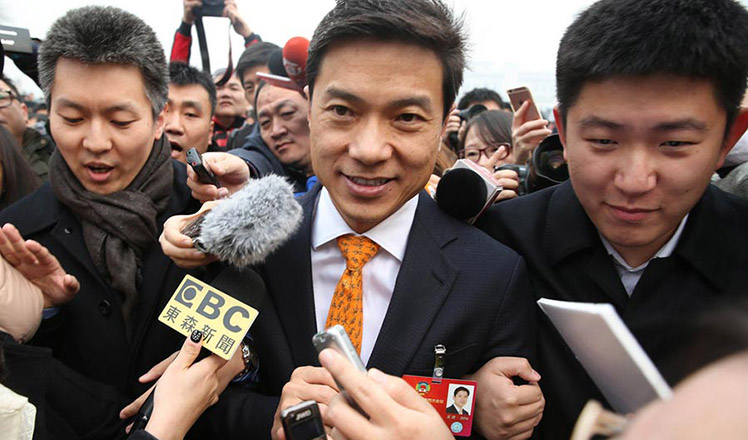
 CEOs at two sessions
CEOs at two sessions
 Boao airport all set for upcoming Asian forum
Boao airport all set for upcoming Asian forum
 Snapshots from the 'two sessions'
Snapshots from the 'two sessions'
 Turn of virtual reality cameras at two sessions
Turn of virtual reality cameras at two sessions
 China's home-made expedition mothership 'Zhang Qian' to be launched in March
China's home-made expedition mothership 'Zhang Qian' to be launched in March
Most Viewed
Editor's Picks

|
|
|
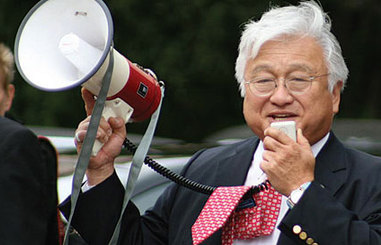
|
|
|
Today's Top News
What ends Jeb Bush's White House hopes
Investigation for Nicolas's campaign
Will US-ASEAN meeting be good for region?
Accentuate the positive in Sino-US relations
Dangerous games on peninsula will have no winner
National Art Museum showing 400 puppets in new exhibition
Finest Chinese porcelains expected to fetch over $28 million
Monkey portraits by Chinese ink painting masters
US Weekly

|

|